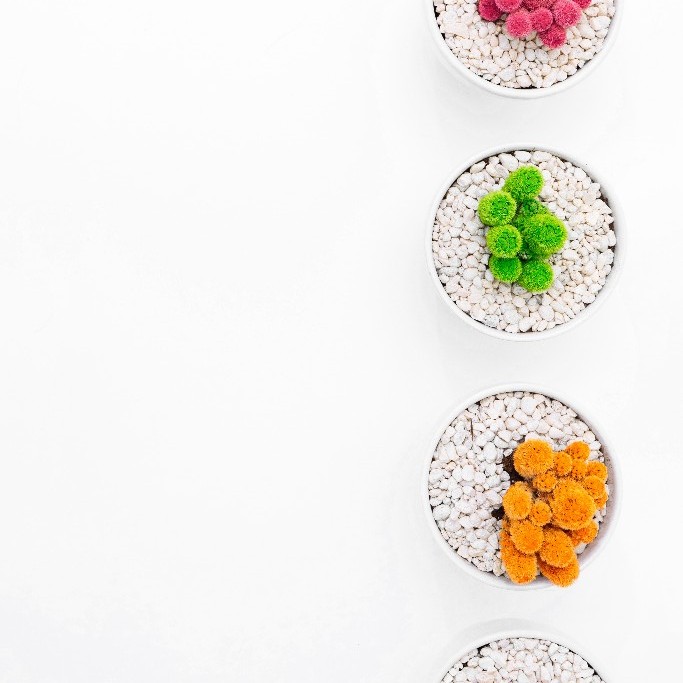Washing- and staining solutions, blocking agents, detection, and mounting solutions. Successful immunohistochemical staining requires reliable, high-quality reagents to fixate, wash, and permeabilize the tissue. But what is the rationale behind the fact that certain buffers or storage conditions are better to use than others, or is it all just empiric?
Which blocking buffer should I use?
“What is the best blocking buffer for my immunofluorescence? Which antigen retrieval method should I use? PBS or TBS as washing buffer?”
Well, these are all reasonable questions. Unfortunately, we don’t have a specific answer because it all depends on your target protein, the application you will use, and the primary antibodies you have chosen. The choice of buffers and diluents affects the stability and the binding properties of the antibodies and must be optimized for each specific antibody and experimental setup.
Years of research experience have taught us that immunohistochemical protocols, buffers, and the choice of the antibodies “are seated in the walls” and belong to the lab history: they are selected far in advance and are not changed during the cause of long-term experiment or throughout a project that can last for several years.
This blog does not aspire to cover every aspect of the topic, but mainly to provide information that can assist in getting acquainted with the main essentials any user should be aware of directing the choice, manufacture, and storage of buffers for immunohistochemistry.



